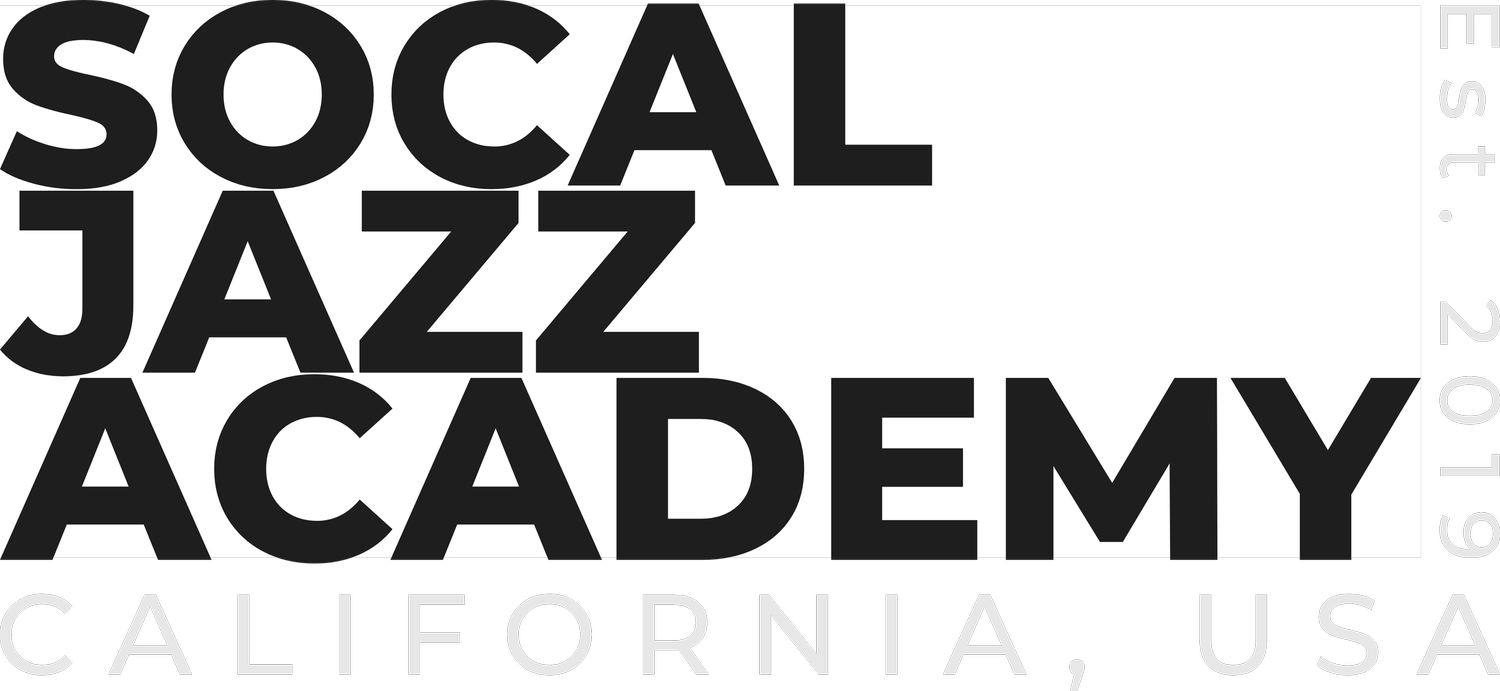Group Class Syllabus
Assumptions
It is assumed that the student participating in this class:
Has basic facility on their respective instrument
Can read music notation and/or understand chord nomenclature
Has an understanding of basic music theory concepts
Required Textbooks
“The Real Easy Book Vols. 1 and 2” Stanford Jazz Workshop
“Effortless Mastery: Liberating the Master Musician Within” by Kenny Werner
"Beginner's Guide to Jazz Repertoire and Improvisation" by Dr. Karim Yengsep
Recommended Textbooks
“Nurtured by Love” by Dr. Shin’ichi Suzuki
“Zen Mind, Beginner’s Mind” by Shunryu Suzuki
“Grit” by Angela Duckworth
Greeting
We begin every class time with a collective improvisation referred to as the Greeting. This exercise may be preceded by a short meditation to allow participants to tune out all the noise and be in the moment. It is recommended that participants allow themselves to be fearless in exploring new musical ideas.
Participation
In general, be prepared to solo (accompanied or unaccompanied) when called upon. There are no mistakes and this environment is a great opportunity to explore various ideas.
Memorization
Students are asked to memorize the tunes by the end of the session and perform them at local live gigs by sitting in or attending jam sessions. Although each class may have a different structure from time to time, as a general rule we will attempt to go over at least one tune in depth per class meeting and give every participant a chance to solo in earnest.
Contrafact
Participants are encouraged to pick a commonly used chord progression (i.e. blues, Rhythm changes, etc.) and write their own melody. Please provide sheet music for transposing instruments (B♭ and/or E♭, depending on the instrumentation of the particular combo) in addition to concert pitch lead sheets. See instructor if you need help with notation or transposition, but a simple handwritten chart would usually suffice.
Vocalese
Vocalists are encouraged to put their own lyrics to the tunes that do not have previously published lyrics.
Transcription
Make every attempt to create a list of solos you would like to transcribe. Begin by listening carefully and understanding the underlying form, continue by singing along and learning the cadences, and noting any rhythmic patterns or irregularities. You can utilize existing software that allows you to slow down the music, but the ultimate goal is to be able to recognize what the soloist is doing and be able to replicate it: whether it’s by writing it out or singing or playing it on your instrument. The former requires a more nuanced approach with being able to write out the solo in the right key and deconstruct the underlying harmony. The latter allows for a more casual experience. Both are valid and should be utilized on as needed basis.
Harmonic Analysis
It is important to be able to recognize the harmonic structure of a composition that you are working on. To do so music theorists have devised an analysis system that utilizes Roman numerals and diatonic harmony to assign specific functions to any given chord. This lends itself to understand the key centers, cadences, and any points of tension-resolution within the composition.
Jazz Juries
At the end of every session you will be given an opportunity to present your material to a panel of faculty and clinicians. This, in our context as a community jazz education program, is more of an exit-interview that allows you to receive more personal feedback as opposed to group class setting where it's harder to work with a student on a 1-on-1 basis.
Assignment Types
You can do either of the following:
Full or partial solo transcription of your choice (see our YouTube playlist with over 50 easy solos you can choose from as your transcription)
Perform a tune accompanied with the faculty panel. This can be something we've worked on during the session or on your own. Please follow the following format:
head-in melody
accompaniment (for accompanying instruments, if not skip this section)
improvise for 1 chorus (one time through the form)
head-out melody
coda, if available
For students who are just joining us, play a melody or scale of your choice
Please download, print, and submit 3 copies of the form to the jury panel at your designated time:
Jazz Jury Form
Last, but not the least, make sure you reserve a time slot -- check your email for a link to a Google spreadsheet that will be sent at the beginning of each session.
